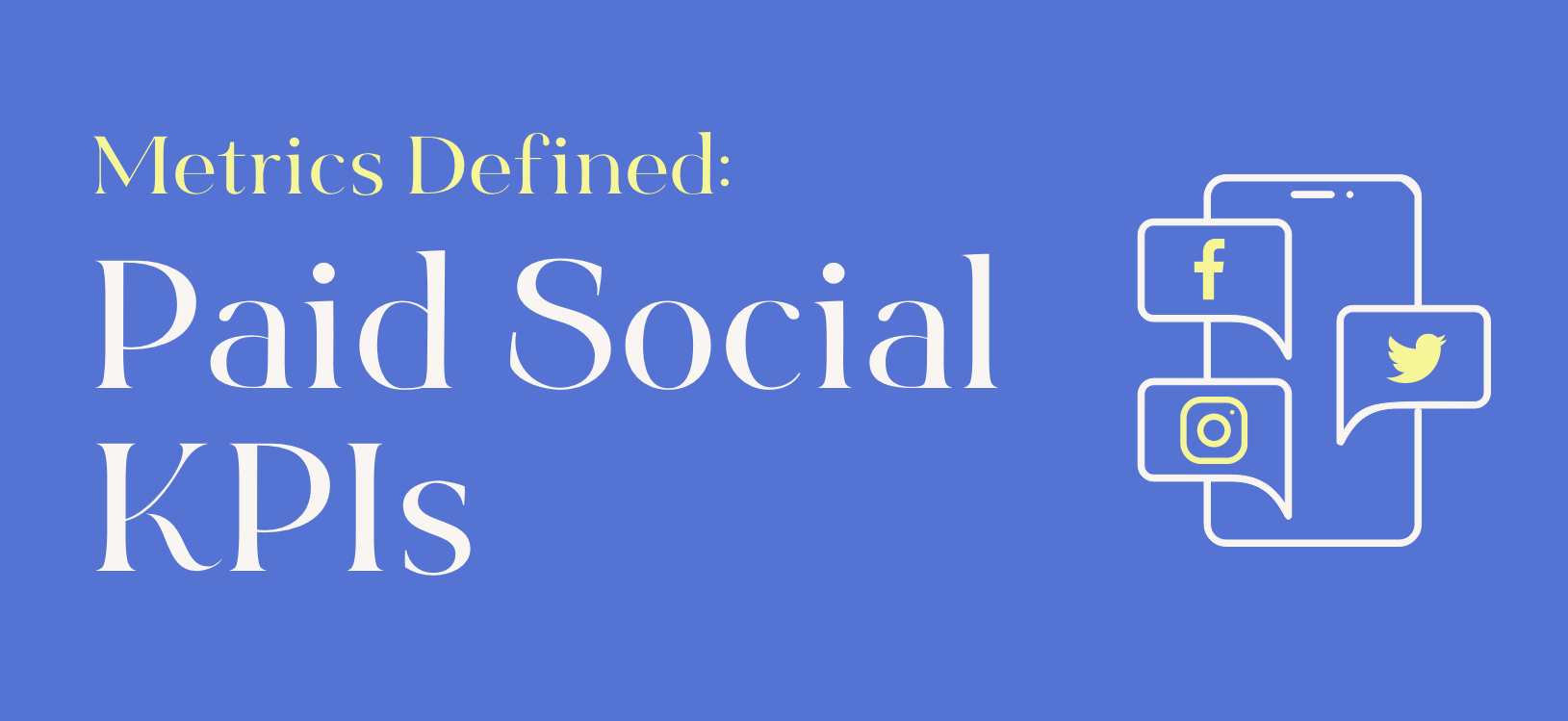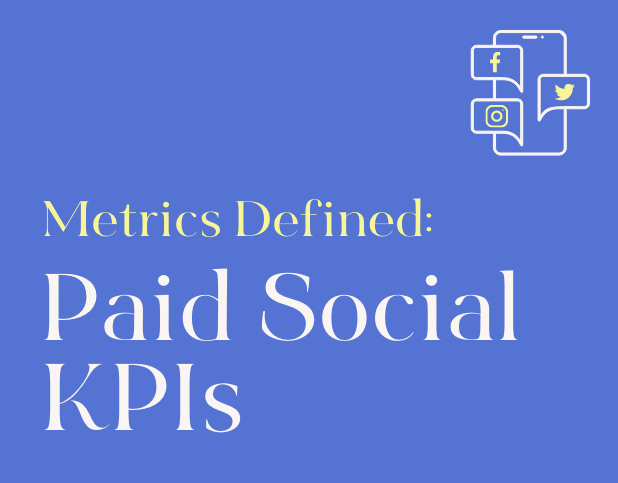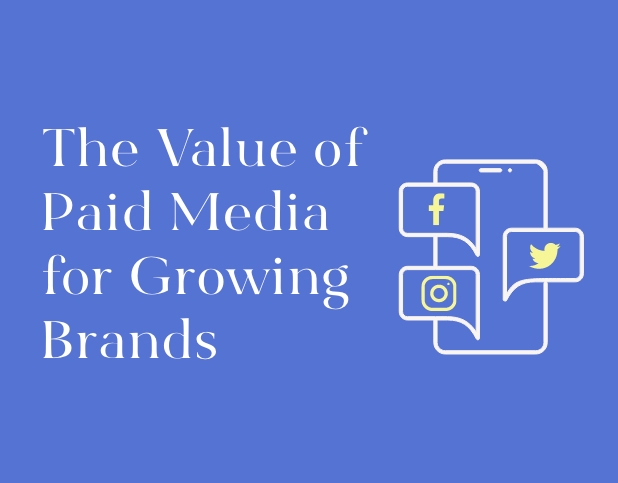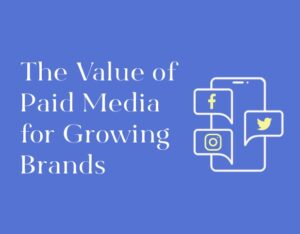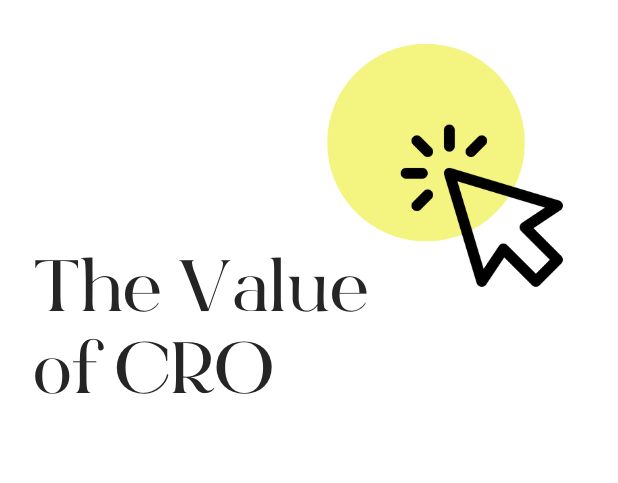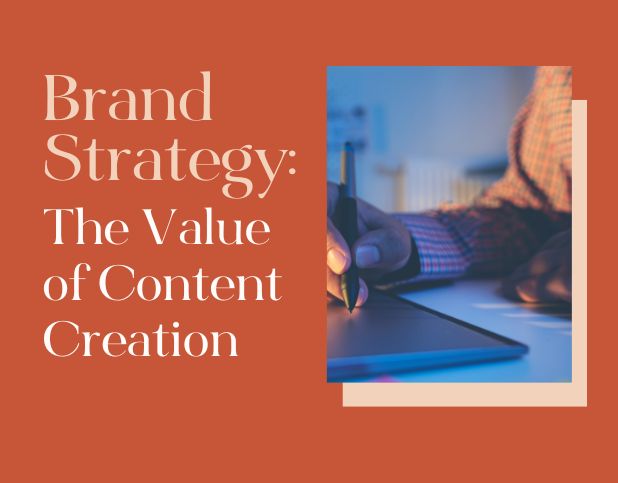Planning and executing a full Paid Media strategy is a heavy lift for a brand of any size. No paid media strategy will be successful unless you are taking the time to look at and learn from the performance and analytics of your campaigns. To some, the key terms, numbers, and charts just look like gibberish and you aren’t sure how to decipher the information. So, what should you be looking at to determine if your campaigns are successful? In this blog, we will focus on measuring the success of your Paid Social Media efforts.
If you’re at this point, then you must already understand the difference between earned, owned, and paid media. You also have established that your brand is ready to launch paid media or already has. If both of those statements are correct, keep reading! Now you’ve determined your strategy, your campaigns are running, and you are targeting new users and retargeting previously engaged users. That means your paid social strategy is working, right? Before you can have full confidence that your efforts are truly effective, you need to look at the KPIs.
KPI stands for “key performance indicator,” and in this instance, they are a measurement of how well your paid social strategy is performing. The KPIs you need to consider are dependent on your primary goal. There are two main goals when utilizing a paid social strategy: 1.Awareness & Consideration and 2.Conversion. Your goal is usually determined by how established your brand currently is and which stage of the customer journey you aim to focus on. New brands often focus on brand awareness, while established brands can shift their focus to driving conversions.
If Your Goal is Awareness & Consideration:
If your goal is to focus on targeting buyers in the awareness or consideration stage, your potential customer is experiencing an issue or desire and considering a potential solution. When it comes to paid social campaigns, the goal in the awareness stage is to get the customer to at least stop scrolling down their feed to engage with your content. This will help the buyer build trust with your brand. When the buyer has moved into the consideration stage, they have committed to researching all available solutions. During the consideration stage, your brand’s goal should be to educate buyers on the pros and cons of their options. Below are a few metrics to consider if your key KPI is dependent on buyers in the awareness or consideration stage:
Clickthrough Rate (CTR): the ratio of how often people see your ad and decide to click it. The CTR can be used to gauge what is working and what can be improved.
Engagement Rate: used to measure the level of engagement generated from your content. More than just likes and followers, the engagement rate is measured by the amount of interaction a piece of content receives based on the post’s reach.
Average Cost-Per-Click (Avg. CPC): the average amount that your account has been charged for each click on your ad. This metric is important because it will determine the financial success of your paid social campaigns.
Conversion Rate (CVR): the percentage of users that saw your ad and took the desired action. This rate is an effective way to compare the performance of multiple ads.
Avg Watch Time: If you are tracking the performance of a video, the average watch time allows you to track how many viewers are actually sticking around to enjoy your content. Not only do you get a better idea of what content is popular, but the higher your average percentage is the more likely your video will rank higher.
If Your Goal is Conversion:
If you are an established brand, you may be looking to target those in the decision-making stage. In this stage, your goal is more conversion-focused than brand awareness and consideration. Once a user has had several interactions with your brand and knows enough about the brand’s offerings that they are ready to convert, it is all about nurturing your prospects and giving them that final nudge. A conversion does not necessarily mean making a purchase – a conversion can be any action you wish your user to take. This could mean making a phone call, signing up for a newsletter, or opting into an email list. No matter what type of conversion you’re looking for, these are a few KPIs to consider:
Clickthrough Rate (CTR): We mentioned above the definition and use case for CTR, but how is a CTR measured differently when conversion is your goal? To put it simply, the higher the better. Higher CTRs lead to higher conversion rates.
Conversion Rate (CVR): If you are conversion-focused, it is obvious that the conversion rate will be an important metric (also defined above). Some things that affect conversion rates are relevance, clarity, and value.
Return On Ad Spend (ROAS): the amount of revenue earned for each dollar spent on a campaign. This metric helps your business evaluate the effectiveness of a campaign, understand how a paid ad is driving sales, and if it is worth the investment.
Lifetime Value (LTV): the total revenue a customer may offer through their period of time as a customer. This is the primary metric for understanding your customers and your business’s financial viability.
Regardless of your end goal, determining the right KPIs and then measuring and understanding these metrics in your paid social strategy is imperative. There are slight differences in how to measure the effectiveness of a conversion-focused campaign in driving sales versus driving leads. If you are focused on lead generation, take a look at our other blog about important Lead Gen KPIs to measure. Not sure of when to start your strategy or how? BuzzShift would love to help you determine what is best for your business. Don’t waste any more time trying to sort through the gibberish, reach out today to let paid media experts to set your strategy and campaigns straight!
About BuzzShift
BuzzShift is a digital growth strategy agency with a focus on mid-market, scaling, purpose-driven DTC Brands. By combining the ideologies of branding, performance marketing, and retention agency, we are able to create memorable experiences with measurable results, and build long-term success for our clients with scalable, sustainable growth. Learn more about BuzzShift.
